A calculus bridge, also known as a tartar bridge, is a common dental issue that affects many individuals. This condition, which can have severe implications for oral health, forms when dental plaque hardens into tartar and spans multiple teeth, creating a “bridge.” Understanding a calculus bridge’s causes, effects, and treatment options is essential for maintaining optimal oral hygiene and preventing more severe dental problems. This guide provides a comprehensive overview of calculus bridges, offering detailed insights into their development, impact, and management.

What is a Calculus Bridge?
A calculus bridge is a dense, hard deposit of tartar that builds up on the teeth and gums. Unlike plaque, a soft, sticky film of bacteria, calculus is hardened and cannot be removed by regular brushing or flossing. When tartar accumulates to the extent that it forms a continuous layer across several teeth, it is referred to as a calculus bridge. This condition often occurs in areas that are difficult to clean, such as the backs of the lower front teeth or between the molars.
The formation of a calculus bridge is a gradual process that begins with plaque accumulation. Plaque forms when bacteria in the mouth combine with food particles and saliva. If not removed promptly through proper oral hygiene practices, plaque hardens into tartar within 24 to 72 hours. Once tartar forms, it acts as a scaffold for further plaque accumulation, exacerbating the problem and forming a calculus bridge.
Causes and Risk Factors
Several factors contribute to the formation of a calculus bridge. Poor oral hygiene is the primary cause, as infrequent brushing and flossing allow plaque to build up and harden into tartar. However, even individuals who maintain good oral hygiene can develop calculus bridges due to other contributing factors.
Diet: A diet high in sugary and starchy foods provides the bacteria in plaque with the necessary nutrients to thrive and multiply. Consuming such foods frequently increases the likelihood of plaque formation and subsequent tartar buildup.
Saliva Composition: Saliva plays a crucial role in maintaining oral health by washing away food particles and neutralizing acids produced by bacteria. However, some individuals have a higher concentration of calcium and phosphate in their saliva, which can accelerate the hardening of plaque into tartar.
Smoking and Tobacco Use: Tobacco use is a significant risk factor for the development of calculus bridges. The chemicals in tobacco reduce saliva production, increase plaque formation, and make it easier for tartar to adhere to the teeth.
Age: As people age, the risk of tartar buildup increases. This is partly due to the cumulative effect of plaque accumulation over the years and changes in saliva production and oral health habits.
Effects on Oral Health
The presence of a calculus bridge can have several detrimental effects on oral health. One of the most immediate consequences is an increased risk of gingivitis, an inflammation of the gums. The rough surface of tartar provides an ideal environment for bacteria to thrive, leading to irritation and swelling of the gum tissue. If left untreated, gingivitis can progress to periodontitis, a more severe form of gum disease that can cause tooth loss and damage to the supporting structures of the teeth.
In addition to gum disease, a calculus bridge can contribute to tooth decay. The bacteria in plaque produce acids that erode tooth enamel, leading to cavities. Once tartar has formed, it becomes more difficult to remove plaque effectively, increasing the risk of decay.
Furthermore, calculus bridges can cause bad breath, also known as halitosis. The bacteria in tartar release volatile sulfur compounds that produce an unpleasant odor. Persistent bad breath can signify significant tartar buildup and should be addressed promptly.

Diagnosis and Detection
Detecting a calculus bridge typically involves a thorough examination by a dental professional. During a dental checkup, the dentist or dental hygienist will use specialized instruments to assess the presence and extent of tartar buildup. They may also take dental X-rays to identify areas of tartar that are not visible during a regular examination.
In some cases, individuals may notice signs of a calculus bridge themselves. These signs include visible deposits of tartar on the teeth, swollen or bleeding gums, and persistent bad breath. However, it is essential to note that tartar can form below the gumline, making it difficult to detect without a professional examination.
Treatment Options
A calculus bridge requires professional dental intervention, as tartar cannot be removed through regular brushing and flossing. The most common treatment for removing tartar is scaling and root planing.
Scaling and Root Planing: This deep cleaning procedure involves two steps. Scaling removes tartar from the surfaces of the teeth and below the gumline using specialized dental instruments. Root planing smooths the roots of the teeth to remove bacterial toxins and promote the reattachment of the gum tissue to the teeth. Depending on the extent of the tartar buildup, scaling and root planing may require multiple visits to the dentist.
Ultrasonic Scaling: Some dental professionals use ultrasonic scaling devices in addition to manual scaling. These devices use high-frequency vibrations to break up tartar, making removing it easier. Ultrasonic scaling can be particularly effective for removing large calculus bridges.
Antibiotic Therapy: In cases of severe gum disease associated with a calculus bridge, dentists may prescribe antibiotics to help control the infection. These antibiotics can be administered orally or applied directly to the affected areas.
Prevention Strategies
Preventing the formation of a calculus bridge involves maintaining excellent oral hygiene and making lifestyle changes to reduce the risk factors associated with tartar buildup. Here are some key prevention strategies:
Regular Brushing and Flossing: Brushing your teeth at least twice daily and flossing daily are essential for preventing plaque accumulation. Using fluoride toothpaste and a toothbrush with soft bristles can help remove plaque effectively without damaging the gums.
Professional Dental Cleanings: Regular dental checkups and professional cleanings are crucial for preventing tartar buildup. Dental professionals can remove plaque and tartar that cannot be addressed through regular at-home oral care. Visiting the dentist every six months is recommended for a thorough cleaning and examination.
Healthy Diet: Reducing the consumption of sugary and starchy foods can help minimize plaque formation. Eating a balanced diet rich in fruits, vegetables, and whole grains can promote oral health and reduce the risk of tartar buildup.
Quitting Tobacco Use: Avoiding smoking and other forms of tobacco use can significantly reduce the risk of developing a calculus bridge. Quitting tobacco can also improve overall oral health and reduce the likelihood of gum disease and tooth decay.
Using Antibacterial Mouthwash: Rinsing with an antibacterial mouthwash can help reduce the number of bacteria in the mouth, decreasing the risk of plaque formation. Look for mouthwashes that contain fluoride and are approved by dental associations.
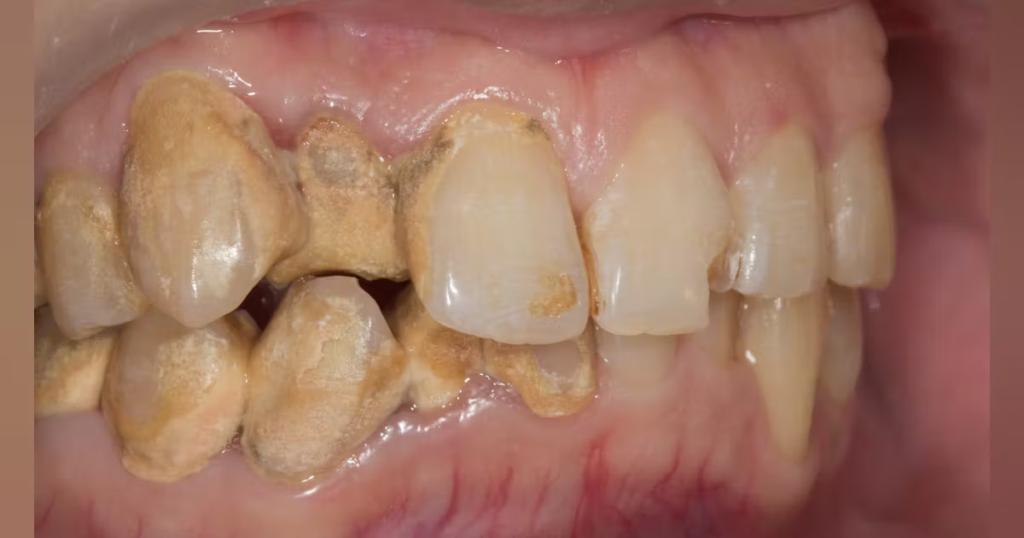
Conclusion
A calculus bridge is a severe dental issue with significant implications for oral health. Understanding this condition’s causes, effects, and treatment options is essential for maintaining a healthy mouth and preventing more severe dental problems. By practicing good oral hygiene, making healthy lifestyle choices, and seeking regular dental care, individuals can reduce their risk of developing a calculus bridge and ensure their teeth and gums remain in optimal condition. Regular professional cleanings and prompt treatment of any signs of tartar buildup are vital in preventing the progression of this common dental issue.





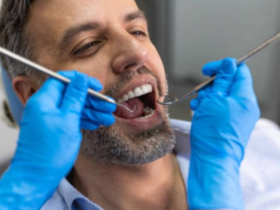






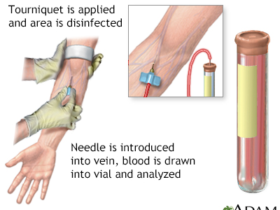

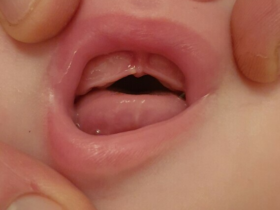
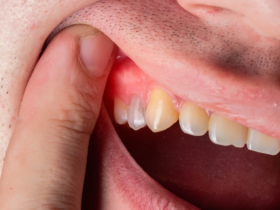
Got a Questions?
Find us on Socials or Contact us and we’ll get back to you as soon as possible.